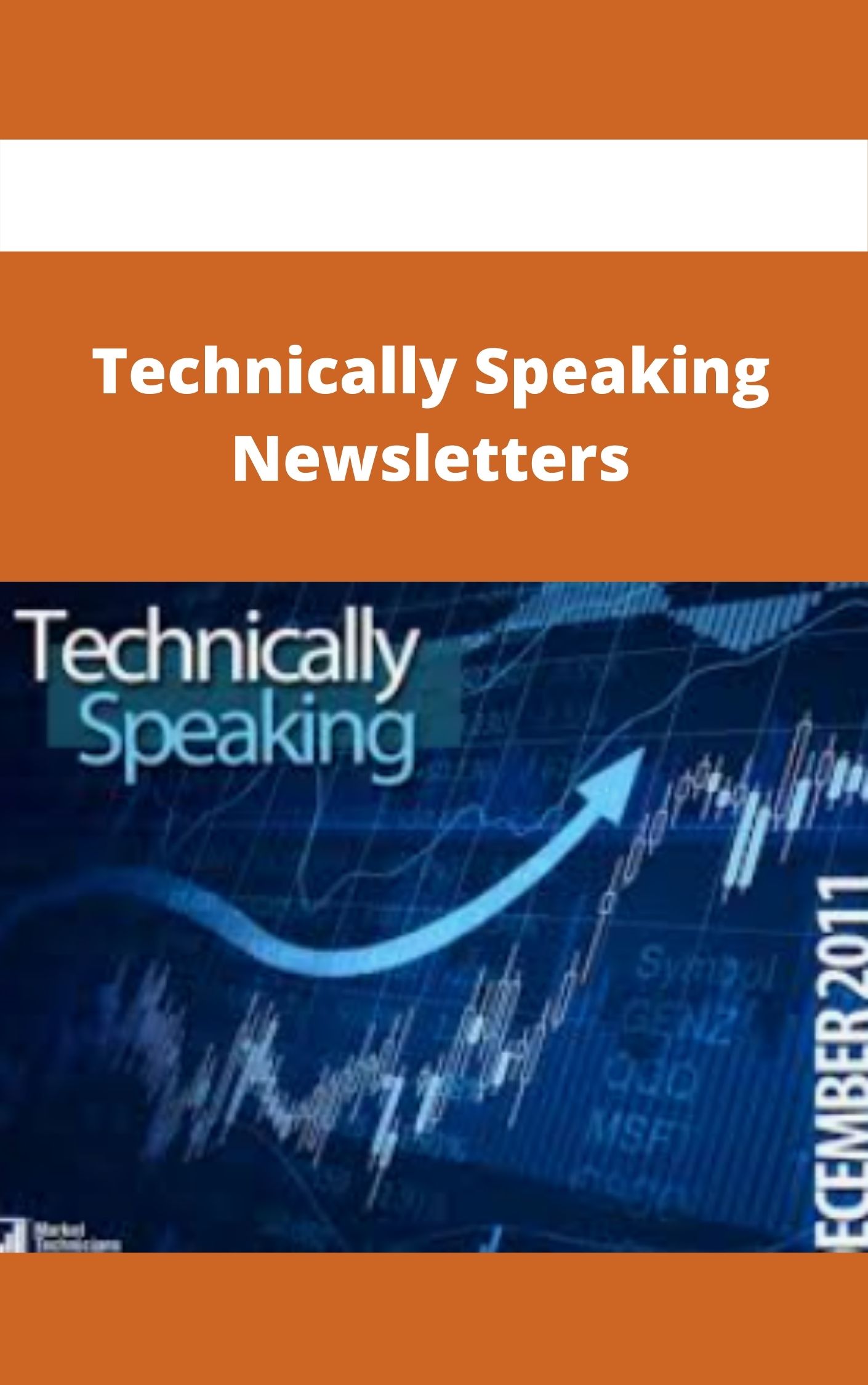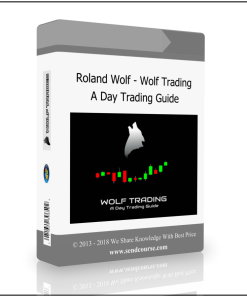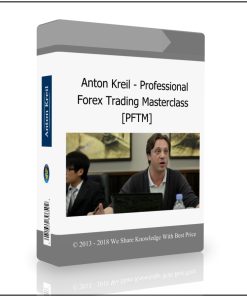Technically Speaking Newsletters
$16.00
Technically Speaking Newsletters – Available Now !!!
Sale Page:
Value:
You just pay: 16
Status: This item is available
Description:
Letter from the EditorMike Carr, CMT
While September is traditionally a time to think about going back to school, on Wall Street it seems more like the time of year to head back to work. Volume is usually lower than average in the summer months as traders focus on vacations more than they do on getting the best bid. As our members gear up to face the challenges of returning to work, we offer up some opinions on recent books that can help them refocus and sharpen their skills.
One trend I noticed in my summer’s reading list was the emphasis on volatility. The markets have certainly been volatile recently and several insightful authors have offered tips on how to profit from that volatility. We also have a research piece by Ed Easterling of Crestmont Research which shows how prices respond after experiencing volatility.
As always, we hope you find this issue of Technically Speaking to be useful as well as interesting. Please le us know what you like, and what you’d like to see. Send me an email at editor@mta.org.
Sincerely,
Mike Carr, CMT
Volatility-Based Technical Analysis by Kirk Northington
Reviewed by Mike Carr, CMT
Volatility Based Technical AnalysisMany novice technicians blindly trade signals generated by their favorite indicator. Eventually, they blow up their account unless they are fortunate enough to meet a more experienced technician who teaches them the valuable lesson that we actually trade price, not our indicators. After reading Northington’s original work, I realized that more than price, technicians pursue and profit from volatility. In this book, he offers insights into the importance of volatility to traders.
While profits and losses are measured by the entry and exit price, volatility measures the move that led to the trading opportunities. It is actually volatility which leads to profits, and without volatility, trading isn’t possible for the majority of traders. Flash trading, perhaps soon to be outlawed by regulators, doesn’t require volatility but does require lightning fast computer connections and physical proximity to exchange data. Likewise very short-term arbitrage trading doesn’t require price volatility as much as it needs technology and deep capital pools to generate profits. However, traditional trading, usually based upon technical analysis, does rely on volatility in prices to deliver profitable opportunities.
Northington has written for the advanced trader, but with sufficient desire, this book is perfect for the novice trader as well. The novice would simply need to refer a more general reference on technical analysis, such as Kirkpatrick and Dahlquist’s Technical Analysis, to understand some basic concepts. But it would be well worth the effort.
Volatility-Based Technical Analysis walks traders through the entire process of developing an indicator and designing a trading system based upon that indicator. Some moderately advanced mathematical techniques are used, but the author adequately explains the underlying technique before applying it. In the end, all questions are answered.
Please kindly contact us if you need proof of item.
Find out more Forex & Trading Courses >>> At Here.
1 review for Technically Speaking Newsletters
Add a review Cancel reply
Related products
Forex & Trading
Forex & Trading
Forex & Trading
Forex & Trading
Forex & Trading
Forex & Trading
Forex & Trading
Forex & Trading












Dereon Guzman –
Top quality and fast shipping A+ | Technically Speaking Newsletters